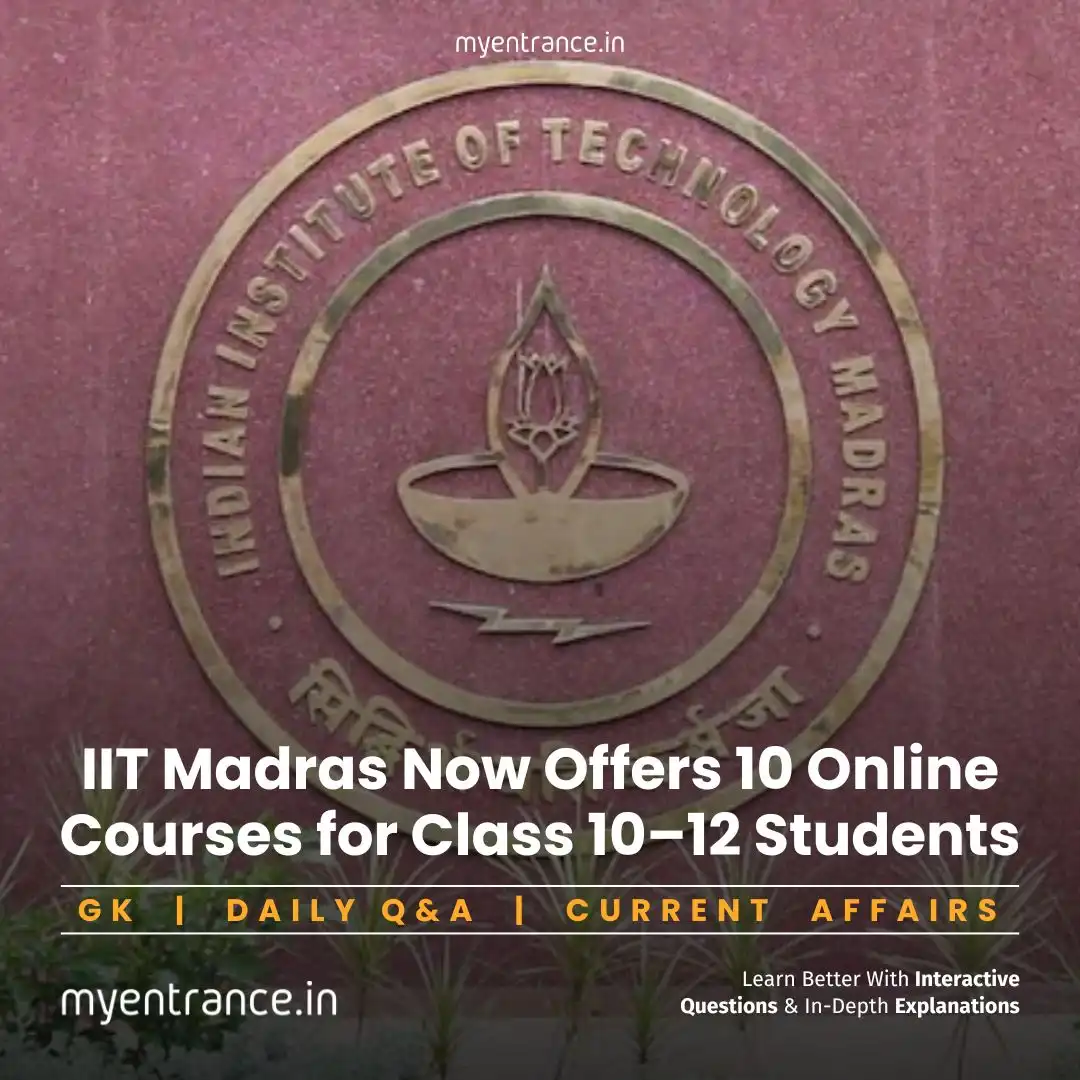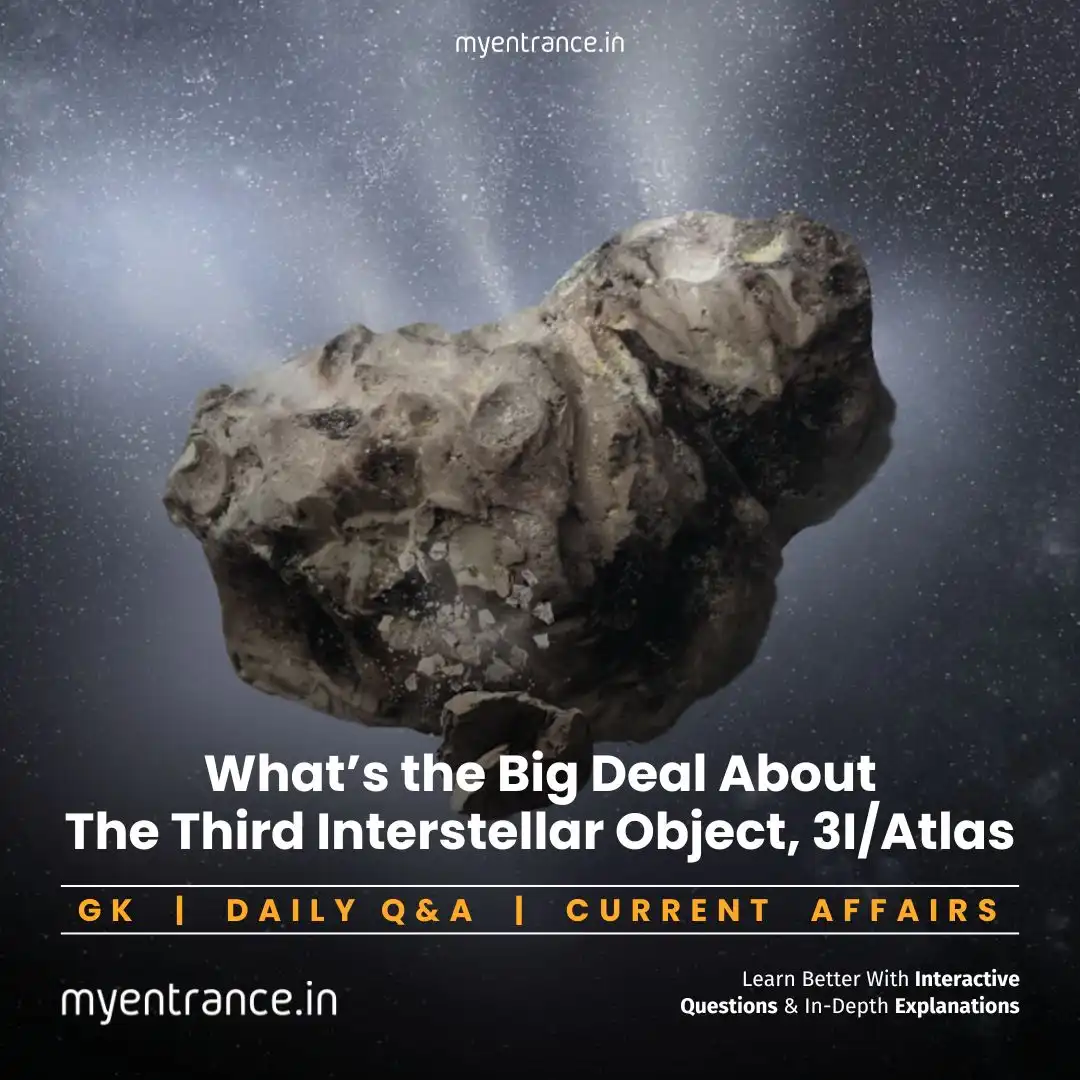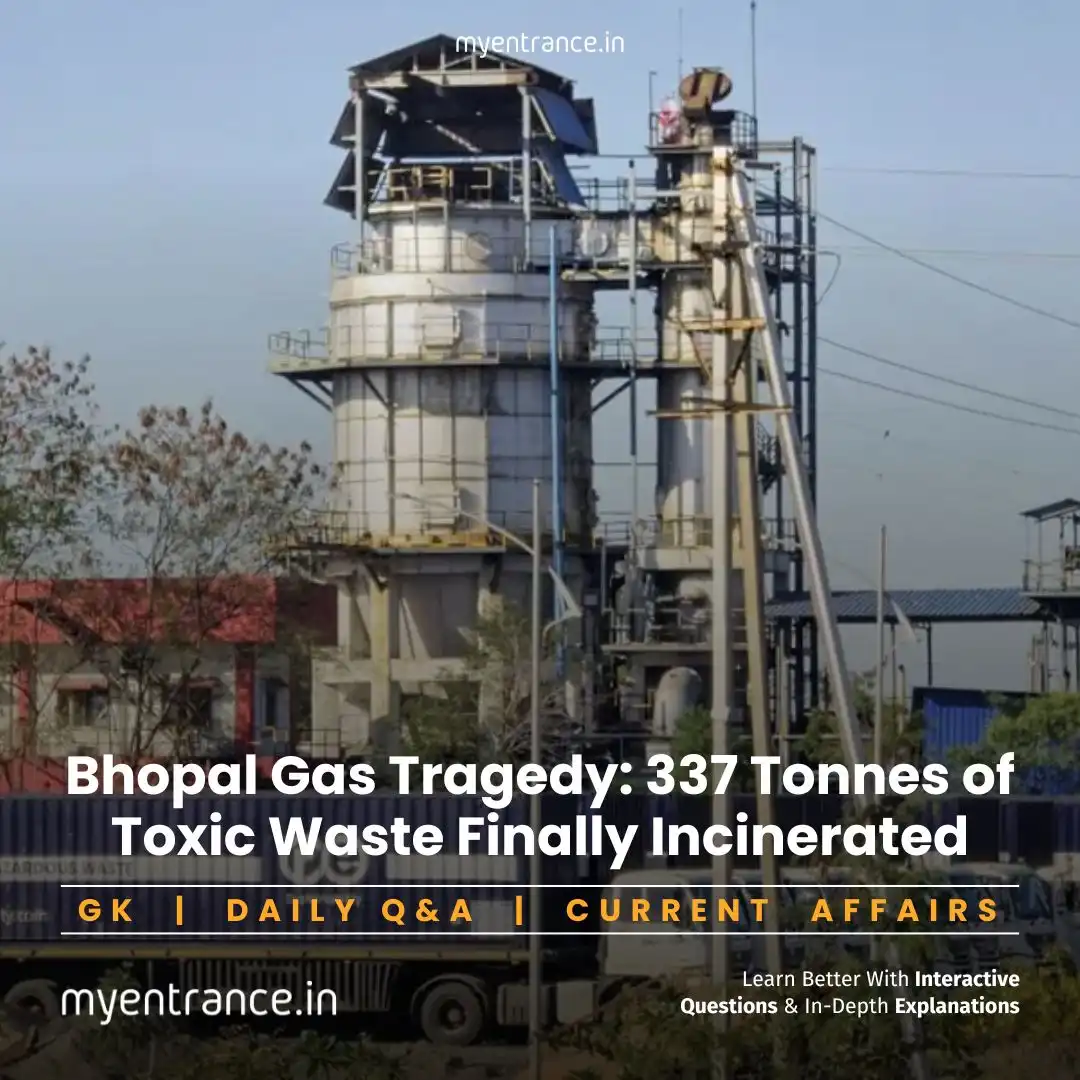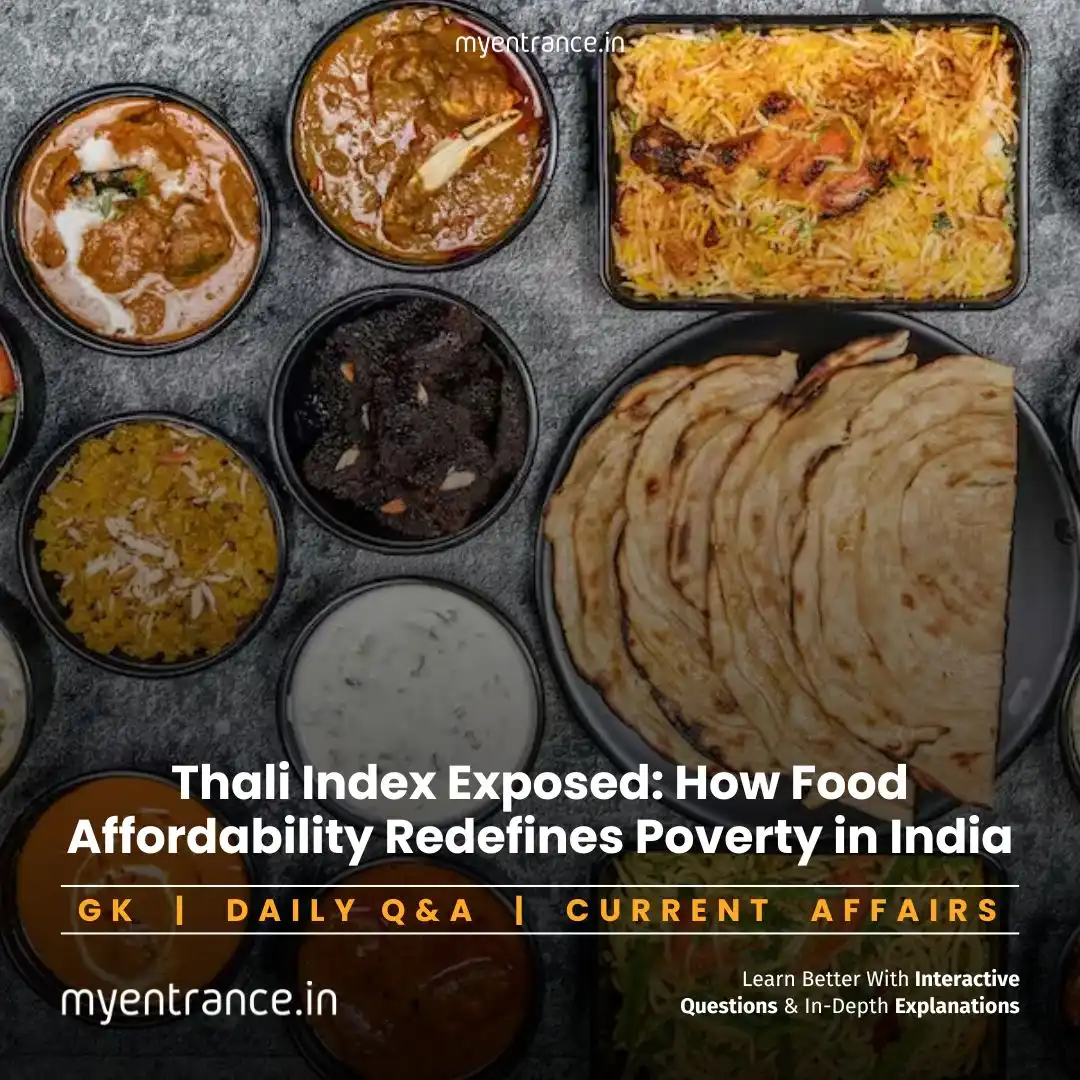Select Language
Constitution Secrets: The Untold Story of ‘Socialist’ & ‘Secular’ in India’s Preamble
The 1984 Bhopal Gas Tragedy remains a dark chapter in India’s industrial history. Four decades later, the disposal of 337 tonnes of toxic waste from the site marks a critical milestone in environmental rehabilitation.
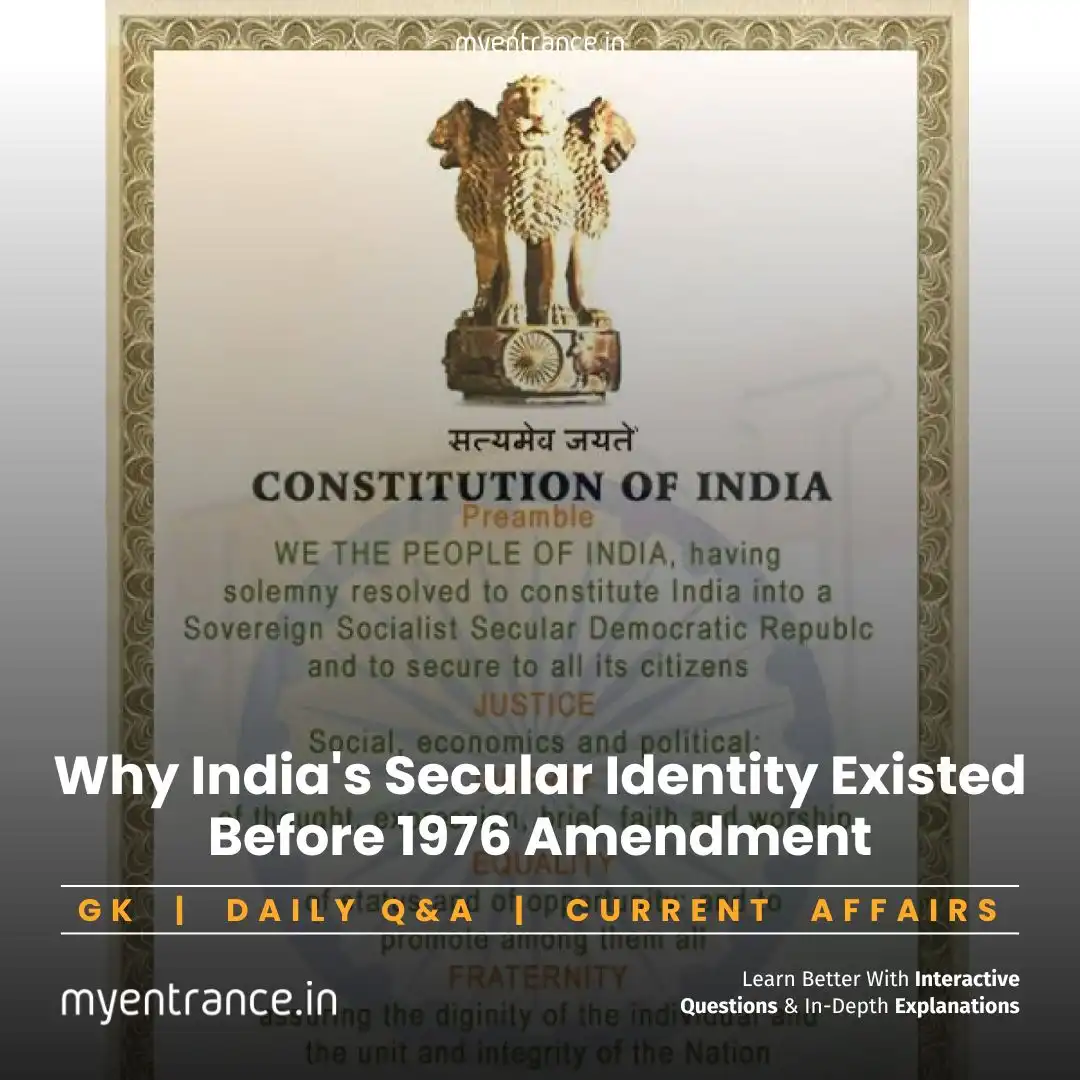
The Preamble’s Evolution
India’s original 1950 Constitution declared us a “Sovereign Democratic Republic.” The words “socialist” and “secular” were added 26 years later via the 42nd Amendment (1976) during the Emergency. Though most Emergency-era changes were reversed by the 44th Amendment (1978), the Preamble remained untouched.
Why “Sacrilege” Claims Ignore History
Leaders calling these additions “sacrilege” overlook a critical fact:
Secularism was always implied through constitutional safeguards:
Article 14 (equality before law).
Article 15 (no discrimination by religion).
Article 16 (equal public employment access).
The Supreme Court upheld this in landmark cases like Kesavananda Bharati (1973) and S.R. Bommai (1994), ruling secularism a “basic feature” of the Constitution.
Socialism’s Silent Presence
“Socialist” ideals were embedded in the original Constitution too:
Directive Principles of State Policy (Part IV) promoted socialist goals like wealth redistribution and worker rights.
The Minerva Mills case (1980) confirmed socialism as a constitutional ideal long before 1976.
The Emergency’s Political Motive
The 42nd Amendment wasn’t purely ideological. Indira Gandhi’s government added “socialist” after her populist moves:
Bank nationalization (1969).
Abolishing princely privileges (1971).
“Garibi Hatao” election campaign (1971).
Why This Matters Today
The Preamble remains a “key to the Constitution’s spirit” (Supreme Court, 1961). Debates around it test our understanding of India’s basic structure doctrine—a hot topic for competitive exams.
Why Is This Important for Exams?
Questions on the Preamble, 42nd Amendment, and basic structure doctrine frequently appear in:
SSC/PSC: Polity sections (Prelims & Mains).
Design Entrances (NID/NIFT/FDDI): GK sections on constitutional principles.
UPSC: GS Paper II (Constitution evolution, landmark judgments).
Sample Questions & Answers
Q1: Which amendment added “socialist” and “secular” to the Indian Constitution’s Preamble?
A1: 42nd Amendment (1976).
Q2: Did the Supreme Court recognize secularism as a basic feature before the 42nd Amendment?
A2: Yes, in the Kesavananda Bharati case (1973).
Q3: Which articles implicitly establish India’s secular character?
A3: Articles 14 (equality), 15 (non-discrimination), and 16 (equal opportunity).
Q4: What was the primary political context of adding “socialist” to the Preamble?
A4: Indira Gandhi’s left-leaning policies (nationalization, “Garibi Hatao”).
Q5: Which case upheld socialism as a constitutional ideal?
A5: Minerva Mills v. Union of India (1980).
Get 3 Months Free Access for SSC, PSC, NIFT & NID
Boost your exam prep!
Use offer code WELCOME28 to get 3 months free subscription. Start preparing today!



